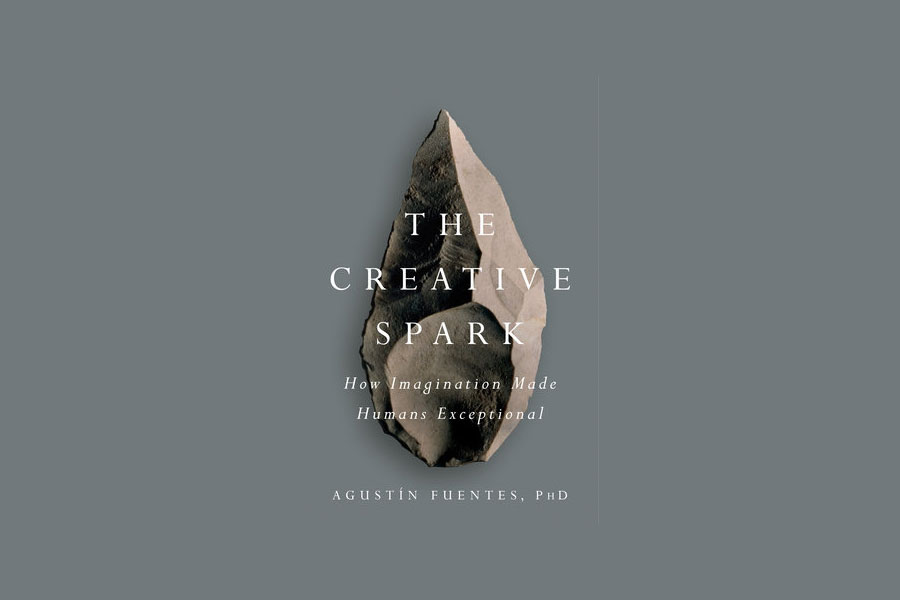Agustín Fuentes’ The Creative Spark: How Imagination Made Humans Exceptional (Fuentes, 2017) identifies creativity and an ability to cooperate at an unprecedented scale as key driving forces in human evolution. Setting this book apart from others about the evolution of human mental and social faculties is the theoretical framework, the extended evolutionary synthesis (EES). The EES encourages the use of multiple process models and comes bundled with an extended view of inheritance, permitting cultural, epigenetic, and enduring changes to environmental conditions all to structure difference through time (Jablonka and Lamb, 2008; Laland et al., 2015). Niche construction — the process by which organisms modify their environments to carve out places in the world to live — figures prominently in Fuentes’ theoretical arsenal and rounds out his take on the EES.
Fuentes defines creativity by ostension, using examples of great artists and thinkers from Shakespeare to Prince. He uses examples of how creativity is used in struggles against hardship and draws on a few direct quotes from anthropologists Ian Hodder and Ashley Montague. This largely ahistorical introduction misses out on a lot of past thought about creativity. Notable omissions include Dewey’s (1958) interactive view of humans in the world and Boserup’s (2017) reply to Malthusian demography allowing creative responses on the part of humans to build new ways of supporting population. The lack of a clear and theoretically connected definition of creativity makes interpreting Fuentes’ arguments difficult.
Full article: http://somatosphere.net/2018/creative-spark.html/





